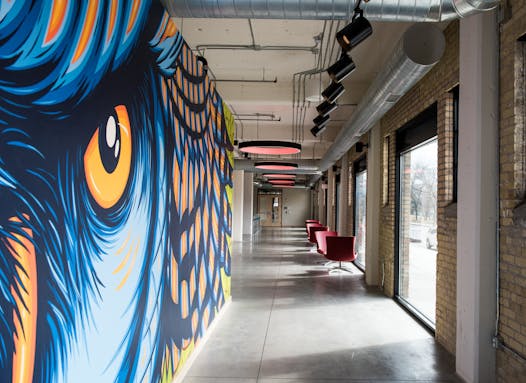City living is many things.
It can be an updated net-zero bungalow or a new loft inside a reinvented industrial mill.
It can range from a newly built modern "farmhouse" to an apartment above a garage.
How about a beautifully restored 1880s Queen Anne or a 1913 Arts & Crafts two-story?
Explore the many facets of city living at the Minneapolis & St. Paul Home Tour, during which more than 50 dwellings will be open for browsing next weekend.
Owners and renters will share their experiences and show off their revamped kitchens and bathrooms, finished attics and basements, historic restorations and green features.
Tourgoers also can find out what it's like to live in the heart of the city and explore the diverse neighborhoods, from Victory to Mounds Park.
The home: Jean Coleman and her two sons rent an apartment inside the A-Mill Artist Lofts along SE. Main Street, Minneapolis.
Back story: The historic 1881 Pillsbury flour mill complex, designed by architect LeRoy Buffington, was converted into the A-Mill Artist Lofts, which are affordable rental housing for artists. The building opened last year, and all units are rented. Each one is different, and three will be open during the tour. There are also guided tours of the complex at noon, 1 and 2 p.m. April 30 and May 1. For information, go to a-millartistlofts.com.
Who can live there? An artist need not earn a living through art, but must be able to demonstrate a body of work and a résumé to a committee of artists; open to all disciplines and collaborative artists. Residents have to meet income qualifications.
Industrial aesthetic: Coleman's two-bedroom unit draws in daylight through four big windows cut into thick limestone walls. The floors are polished concrete, and the 14-foot ceilings are framed by exposed ductwork.
Coleman warms up the space using area rugs and cultural decorative textiles. She can gaze at salvaged rusted machinery from the original mill in a courtyard outside a window.
Memory books: Coleman is a scrapbook artist who gathers people's photos, original certificates and other personal artifacts to design memory books, often for elderly people or hospice patients who are unable to make their own scrapbooks.
"I use their raw materials to create a book," she said. "No prefab stickers." Coleman is also a parent educator with the Minneapolis Public Schools.
A-Mill amenities: Residents can use performance and studio spaces, practice rooms and a rehearsal center. There's also a rooftop deck, fitness center and bike storage.
Riverside residence: Coleman's unit has windows facing 3rd Avenue SE. She steps out her door, turns a corner and there's the cobblestoned Main Street and the rushing Mississippi River in front of her building. "The entire riverfront is waiting for me every day," she said.
Walkable, bikeable neighborhood: Since moving in last fall, Coleman and her two sons have enjoyed walking to Rusty Taco, across the Stone Arch Bridge, playing at Holmes Park and biking to the Minneapolis Public Library. The diverse neighborhood includes young families with babies, artsy people and "older couples walking along the river, holding hands," she said.
Potluck social: Residents regularly hold gatherings in the open "Gallery" room. "It's nice to live with other artists, get together and share ideas," she said.
Why open your home to strangers? Coleman hopes to spotlight the creative re-use of old industrial buildings to turn them into comfortable and unique living spaces. "I want to show people what these historic buildings look like inside."
Lynn Underwood • 612-673-7619
Visa fees for international artists to tour in the US shot up 250% in April. It could be devastating

Executor of O.J. Simpson's estate plans to fight payout to the families of Brown and Goldman




